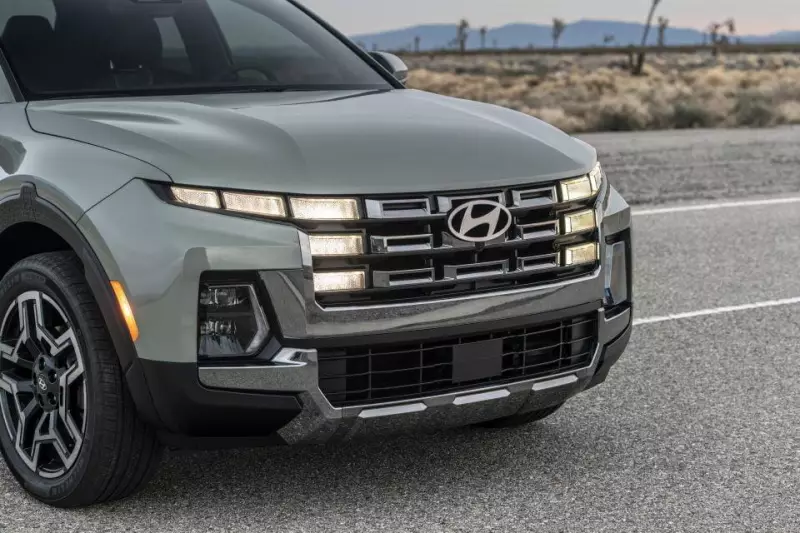
In a major announcement for the Australian automotive sector, Hyundai Motor Company Australia has officially confirmed that a new ute is in active development. The company's president and CEO, Don Romano, has staked his tenure on delivering a vehicle that can seriously compete in the fiercely contested local market.
A Ute Built for Australia, Not a Rebadge
Speaking at the Palisade launch, Mr. Romano, who relocated from Canada to head Australian operations, made his ambitions clear. He stated he would not leave his post until a Hyundai ute was realised, with his current work permit valid for another two-and-a-half years. He was adamant that this would not be a simple rebadging exercise of an existing platform, a move he deemed unacceptable given the growing competition.
"We need to differentiate ourselves; there are technologies that we're currently developing that are different than anything we've brought to market," Mr. Romano told media. While withholding specifics, he hinted at groundbreaking technology intended to set the Hyundai ute apart from Chinese manufacturers, with a goal to be "first to market in a number of areas."
Electrified Powertrains and Global Partnerships
Although Mr. Romano remained coy on details, industry speculation points strongly towards an electrified option. One possibility is an extended-range electric vehicle using a combustion engine to charge the battery, eliminating the need to plug in for many journeys.
The announcement comes amidst a flurry of global activity for Hyundai's ute plans. The company has entered a partnership with General Motors (GM) to develop vehicles for certain markets, with a Ranger-rivalling model already confirmed for Latin America. However, Mr. Romano would not confirm if the Australian-bound ute would share a platform with GM, noting Hyundai was looking at two different sizes, but not both for this market. "We may go on our own," he said.
Separately, Hyundai Motor Company CEO Jose Munoz confirmed in September that a new, Ranger-rivalling ladder-frame ute is coming to North America by 2030, a model understood to be developed without GM. Furthermore, a dedicated electric ute is confirmed to be in development, evidenced by trademark filings for the names Ioniq T7 and Ioniq T10 last year.
Targeting the Market Leaders
Mr. Romano left no doubt about the benchmark for Hyundai's new ute. He explicitly referenced the need to compete against the number one and number two players in the market: the Ford Ranger and Toyota HiLux. He emphasised that a mid-size, body-on-frame vehicle is what sells in Australia and is what customers demand.
"I think every major manufacturer has one — and I don't think you can be a viable brand without one," he added, underscoring the strategic importance of a ute for Hyundai's local fortunes. While open to a diesel option in the short term, his preference clearly leans towards future-proofed powertrains. The final solution, he noted, would be a compromise to fit both Australian and global needs, potentially being a diesel, hybrid, or plug-in hybrid.
This new model will mark Hyundai's first foray into the conventional body-on-frame ute segment in Australia, a significant step up from its current unibody, Tucson-based Santa Cruz 'lifestyle' ute, which is not available in right-hand drive.





